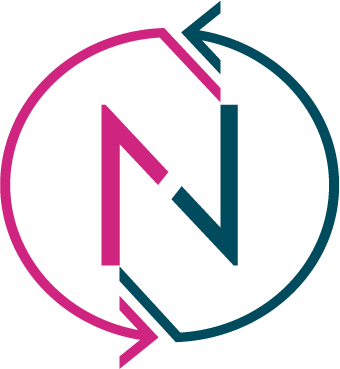
Gone are the days when we could see the forest for the trees. Predictions, back then, were possible, attainable and exciting. Still, in a world in which we live today, everything is in motion, we can hardly see the forest for the trees. Predictions, especially the new year ones that take the form of economic forecasts, latest trends and the like, though, nicely phrased, lose touch with what really works in the real world.
Failing to understand the context of this new world makes predictions more desirable. What we are witnessing now, to list but few examples, are disruptive technologies, galloping technology, economic instability which result in the recent massive laying off thousands of workforces in leading companies such as Meta, Twitter, and Tesla. In January 5, 2023, Amazon CEO Andy Jassy, declared that, due to the uncertain economy, the company will lay off 18,000 people of its workforce. This makes me wonder: Where are the armchair philosophers of predictions that predicted at the very beginning of 2022 that the year 2022 will be a prosperous year?
Related: How to Build Your Own Economy in the Eye of the Coming Hurricane
Looking back is a prerequisite for moving ahead with your life and particularly with your business. For aspiring entrepreneurs who are looking for a leap in the new year of 2023, a new direction is needed. This new direction is to stop fantasizing about predictions; secondly, take a step back before taking the leap forward. The step-back is a downtime to recharge, recuperate and renew in order to push through the uncharted territories that lie ahead in 2023. This recharging downtime helps you debrief your successes and failures in your previous year.
Related: How Daily Reflections Can Help You Transform Your Life
 My suggested framework for helping you having a promising new year is a three-step process – each step builds on the previous one. The first step is unpacking the previous year’s experiences. You should be looking here for cold, hard facts about what works for you - businesswise - in the previous year, and what continues to work in the year ahead. You got to have a wider perspective. In the sense that, you got to debrief your experiences along with what works now in the real business world.
My suggested framework for helping you having a promising new year is a three-step process – each step builds on the previous one. The first step is unpacking the previous year’s experiences. You should be looking here for cold, hard facts about what works for you - businesswise - in the previous year, and what continues to work in the year ahead. You got to have a wider perspective. In the sense that, you got to debrief your experiences along with what works now in the real business world.
The first step is to scientifically debrief your experiences. You reflect on your experiences by first collecting the data; drawing out information about what you have experienced. How did these experiences affect you physically, mentally, emotionally and even spiritually? What were the lessons learned from these experiences. If a special practice was a success, ask yourself: how it was successful? What were the visible markers of success? How can I build on such successes? unexpected opportunities may arise out of these reflections.
Related: How True Learning Comes From Your Own Life Experiences
The objective of this first step of debriefing is to make the unconscious conscious. Through the retrospective analysis and reviewing of your last year’s experiences, you become aware of what triggers you, what went wrong in the way of achieving your goals. Clarity of vision won’t be possible without order. Order entails you to disregard what’s no longer serves you, make use of what works and create new avenues.
The second step is to revisit your purpose. Your purpose drives your passion. You got to set a general direction and meaning in a world that’s volatile, uncertain, complex and ambiguous. Your purpose is the WHY of doing what you are doing. Revisit the reason you started the business in the first place. Was it to have another job? Or, to create value for others? Next, make sure of your values and to what extent it’s aligned with your goals?
Related: How to Manage Transitions in Times of Change
The third step is Manifesting. You are here coming up with conclusions of what needs to be done and the road ahead. You need to translate the lessons learned from the previous two steps into concrete decisions and actions that lead to new experiences. You are planning and executing your plan based on the learnings of the debriefings of your past year’s successes and failures. To wrap up this final step and build a momentum, identify only one thing that can take you away from today to apply tomorrow. Focusing on this one thing helps you prevent information overload and sets your life in motion.
Your new year’s resolutions must be based on what works rather than on predictions. The resolution is to take a step back before taking a leap forward. This step back, that’s taken once, is made of Three steps. The first is to unpack your past year’s experiences. Second step is to revisit your purpose, values and goals. Third, is to manifest your learnings and translate them into actions.



